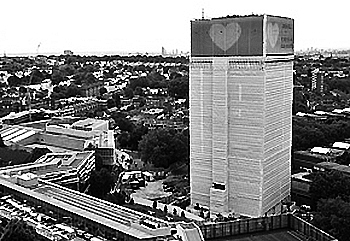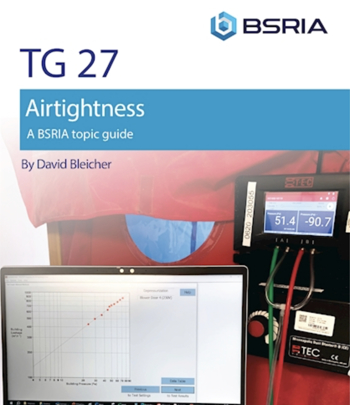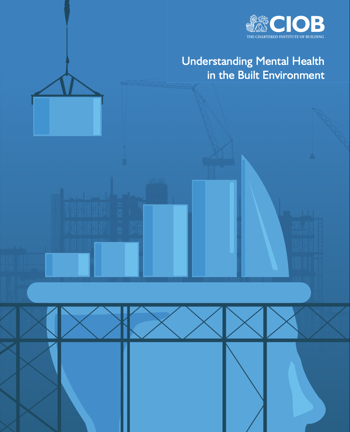Self-build home: Prepare production information
Introduction.
In this stage, we attribute design activities to ‘designers’. These may be architects and engineers, a design and build contractor, or a kit house supplier. If a kit house supplier is only supplying the house itself, additional design consultants may be required.
Production information is '...the information prepared by designers, which is passed to a construction team to enable a project to be constructed'.
The designer should develop a schedule of production information, responsibilities for its preparation, a programme for its preparation and a document control system for version control.
Production information may include:
- Drawings (location drawings, component drawings and dimensioned diagrams).
- Specifications, calculations and design criteria. Specifications provide descriptions of the materials and workmanship required. Design criteria might include; environmental conditions, acoustic requirements, critical dimensions, accessibility requirements, loadings and so on.
- Bills of quantities or schedules of work. Bills of quantities are measured quantities of the work identified on the drawings and specifications that can be used to cost the works. Schedules of work are 'without quantities' instructional specifications often produced on smaller projects, or for items such as builders work or fixing schedules.
There should be a particular emphasis on equipment with long lead time times that could delay the project, such as:
- Bespoke cladding systems.
- Service diversions.
- Demolition.
- Underground drainage.
- Piling and groundworks.
Preliminary contracts might be considered for some of these works to allow them to begin early. Long-lead items such as piling rigs might also be ordered in advance of other works.
The quality of production information is extremely important. Unless it is prepared and co-ordinated properly, there will be disputes and delays on site, and costs will be incurred.
Many elements of production information will be produced by suppliers or contractors. The designer should check drawings and specifications provided by suppliers and contractors to ensure they are properly co-ordinated.
Increasingly, software is used to prepare elements of production information, such as; computer aided design (CAD) to prepare drawings, and proprietary systems for the preparation of specifications. The recent emergence of building information modelling (BIM) can allow the automatic generation of production information from a single co-ordinated model, which should result in a reduction in errors and so costs.
NB During this stage, the lead designer should also co-ordinate any outstanding information needed for remaining building regulations or other statutory approvals which must be submitted before works start on site. It is also important to ensure that any necessary party wall notices have been served.
Next stage:
Featured articles and news
The UK's Modern Industrial Strategy: A 10 year plan
Previous consultation criticism, current key elements and general support with some persisting reservations.
Building Safety Regulator reforms
New roles, new staff and a new fast track service pave the way for a single construction regulator.
Architectural Technologist CPDs and Communications
CIAT CPD… and how you can do it!
Cooling centres and cool spaces
Managing extreme heat in cities by directing the public to places for heat stress relief and water sources.
Winter gardens: A brief history and warm variations
Extending the season with glass in different forms and terms.
Restoring Great Yarmouth's Winter Gardens
Transforming one of the least sustainable constructions imaginable.
Construction Skills Mission Board launch sector drive
Newly formed government and industry collaboration set strategy for recruiting an additional 100,000 construction workers a year.
New Architects Code comes into effect in September 2025
ARB Architects Code of Conduct and Practice available with ongoing consultation regarding guidance.
Welsh Skills Body (Medr) launches ambitious plan
The new skills body brings together funding and regulation of tertiary education and research for the devolved nation.
Paul Gandy FCIOB announced as next CIOB President
Former Tilbury Douglas CEO takes helm.
UK Infrastructure: A 10 Year Strategy. In brief with reactions
With the National Infrastructure and Service Transformation Authority (NISTA).
Ebenezer Howard: inventor of the garden city. Book review.
The Grenfell Tower fire, eight years on
A time to pause and reflect as Dubai tower block fire reported just before anniversary.
Airtightness Topic Guide BSRIA TG 27/2025
Explaining the basics of airtightness, what it is, why it's important, when it's required and how it's carried out.
Construction contract awards hit lowest point of 2025
Plummeting for second consecutive month, intensifying concerns for housing and infrastructure goals.
Understanding Mental Health in the Built Environment 2025
Examining the state of mental health in construction, shedding light on levels of stress, anxiety and depression.






















